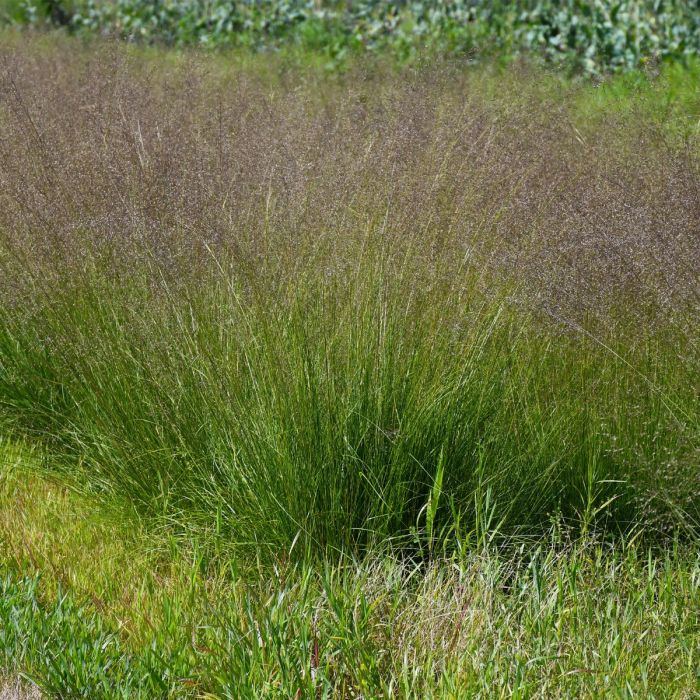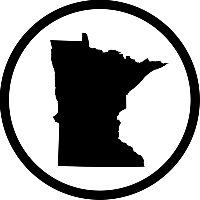Sporobolus, Prairie Dropseed 'Minnesota Native'



Out of stock
Sold out for the season- Sun Preference
- Full-Sun, Part-Sun
- Bloom Time
- August, September
Description
Luxurious mounds of arching, hair-like foliage growing in a neat clump. Fantastic fall color and edible, nutritious seeds. Combines well with other natives such as Butterfly Weed and Black-Eyed Susan.
Minnesota's Largest Selection of Perennials
Discover an unparalleled selection of perennials at Gertens! With the largest variety in Minnesota, we offer endless options of colorful perennials, natives, and pollinator plants to beautify your garden year after year. From vibrant flowers to lush foliage, our perennials are perfect for adding beauty and charm to your outdoor space. Visit Gertens today and see why we're known as Minnesota's Destination Garden Center!
Details
Prairie Dropseed | Sporobolus heterolepis
Height: 3 feet
Spread: 3 feet
Sunlight: Full Sun to Partial Shade
Hardiness Zone: 3a
Brand: Gertens
Description:
Native to the Great Plains and Prairies, this extremely fine-textured grass features airy plumes of fine seed heads floating over the grassy foliage in the late season; ideal for restoration projects and flowing hummocky accents in the urban landscape
Ornamental Features
Prairie Dropseed features delicate plumes of orange flowers rising above the foliage from late summer to early fall. The tan seed heads are carried on showy plumes displayed in abundance from early to late fall. Its threadlike leaves are light green in color. As an added bonus, the foliage turns a gorgeous harvest gold in the fall.
Landscape Attributes
Prairie Dropseed is an open herbaceous perennial grass with a shapely form and gracefully arching stems. It brings an extremely fine and delicate texture to the garden composition and should be used to full effect.
This is a high maintenance plant that will require regular care and upkeep, and is best cleaned up in early spring before it resumes active growth for the season. Deer don't particularly care for this plant and will usually leave it alone in favor of tastier treats. It has no significant negative characteristics.
Prairie Dropseed is recommended for the following landscape applications;
- Mass Planting
- General Garden Use
- Naturalizing And Woodland Gardens
Planting & Growing
Prairie Dropseed will grow to be about 3 feet tall at maturity, with a spread of 3 feet. Its foliage tends to remain dense right to the ground, not requiring facer plants in front. It grows at a medium rate, and under ideal conditions can be expected to live for approximately 10 years. As an herbaceous perennial, this plant will usually die back to the crown each winter, and will regrow from the base each spring. Be careful not to disturb the crown in late winter when it may not be readily seen!
This plant does best in full sun to partial shade. It is very adaptable to both dry and moist locations, and should do just fine under typical garden conditions. It is not particular as to soil type or pH, and is able to handle environmental salt. It is somewhat tolerant of urban pollution. This species is native to parts of North America.
More Information
| Common Family Name | Prairie Dropseed |
|---|---|
| Gerten Grown Plants | Gerten Grown Plants |
| Available for Pre-Order | No |
| MN Native Plants | MN Native Plants |
| Sun Preference | Full-Sun, Part-Sun |
| Bloom Time | August, September |
| Mature Spread (Range) | 24" - 36" |
| Mature Height (Range) | 25" - 36" |
| USDA Hardiness Zone | 3, 4, 5, 6, 7, 8 |


